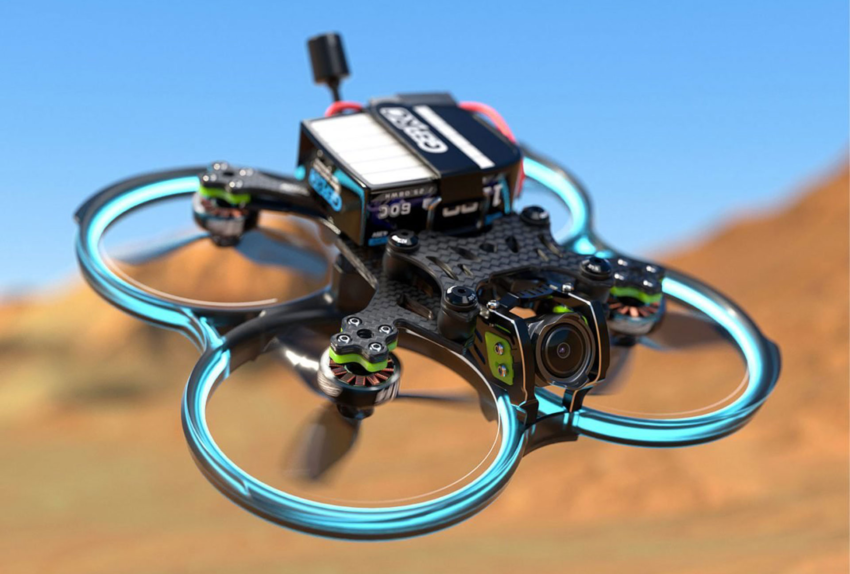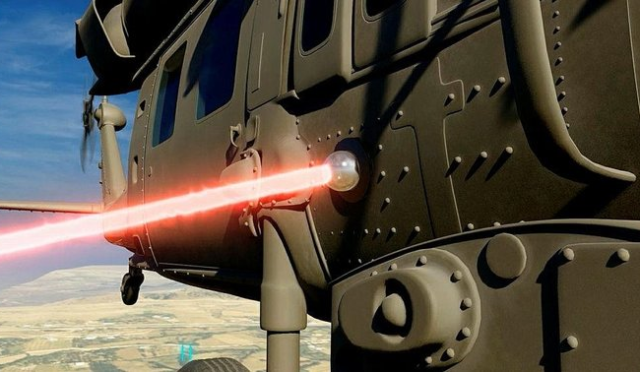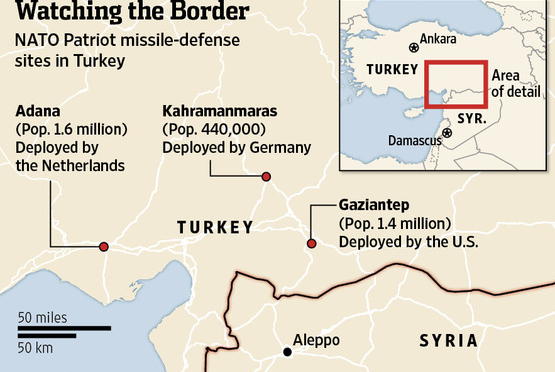FPV Drones: The Future of SOCOM Operations
**The U.S. Special Operations Command (SOCOM) is turning its attention to first-person view (FPV) drones, asserting that these advanced aerial vehicles could surpass military dogs in safety and effectiveness for specific missions.** Focused on operations in the Middle East, SOCOM’s strategy involves replacing traditional canine support with drones, particularly for intricate tasks like cave-clearing. The challenges posed by military dogs, such as their limited sight and struggles in unpredictable terrains, emphasize the need for cutting-edge technology to detect potential threats hidden in caves, tunnels, and underground facilities.
The intricacies of operating in confined spaces present a dilemma that modern armed forces, including the U.S. Army, have grappled with for years. Reports suggest that while the type of FPV drones SOCOM seeks remains unspecified, there is speculation that drones connected via fiber optic cables might be prioritized due to their advantages in challenging environments. This follows a recent collaboration involving the U.S. Army and Flymotion, a company that provides FPV drone training for elite units. This methodology is expected to influence SOCOM’s future acquisitions, ensuring that operators are well-prepared for their deployment.
Global Trends in Drone Usage
Meanwhile, the operational landscape for drones is rapidly evolving with both Ukraine and Russia adapting fiber optic technology to enhance their drone capabilities. These fiber optic-controlled FPV drones become increasingly invaluable as they are immune to electronic jamming, allowing operators to maintain connectivity even when navigating through complex obstacles. This system grants users unparalleled visual and control accuracy when maneuvering within buildings and tunnels, making them a vital asset for modern military engagements.
SOCOM’s request for FPV drones aligns with the operational needs of U.S. Central Command (CENTCOM), signifying potential deployment across various Middle Eastern countries, including Afghanistan, Iraq, and Iran. Noteworthy is the ongoing use of FPV drones by the Israel Defense Forces as they engage with Hamas and Hezbollah. The Israeli Ministry of Defense is taking aggressive steps, seeking to procure thousands of these drones, starting with an initial order of 5,000 and a potential increase to 20,000 in subsequent orders.
Challenges and Opportunities Ahead
Despite SOCOM’s enthusiasm for FPV drones as an alternative to military dogs, the unique capabilities of canines remain unmatched. The remarkable scent tracking and visual perception of dogs played a crucial role in past operations, including the mission that resulted in the death of ISIS leader Abu Bakr al-Baghdadi, where a military dog solidified its significance. While the use of drones becomes more prevalent, the U.S. military acknowledges the invaluable contributions of dogs in specific scenarios.
As highlighted, SOCOM’s initiative reflects a broader recognition that the U.S. may be trailing other nations in the effective deployment of FPV drones, particularly as demonstrated in Ukraine and Gaza. This push to integrate FPV drones into U.S. operations signifies a strategic endeavor by Special Forces to enhance their technological capabilities and close any operational gaps identified in the current landscape.







